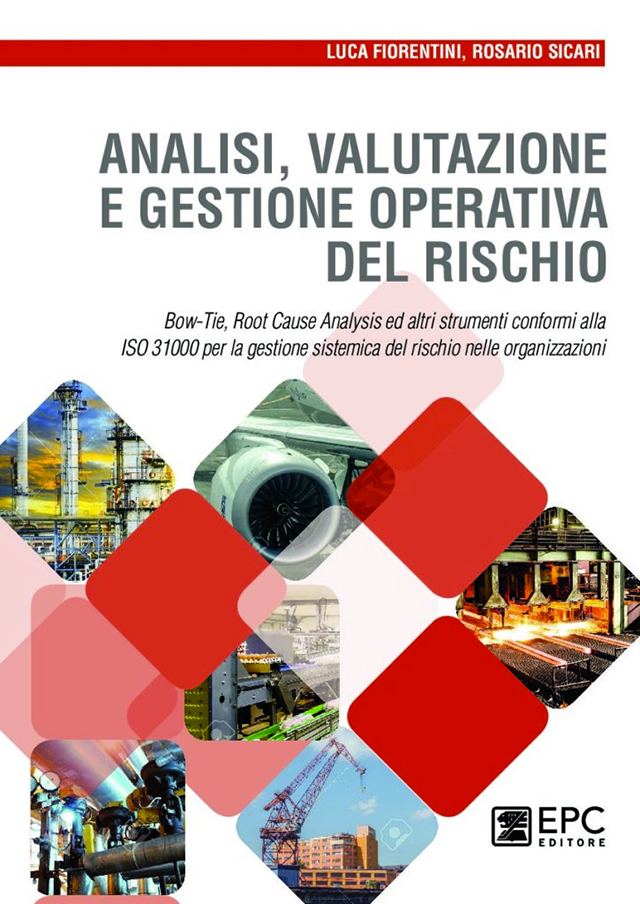Analysis, Assessment, and Operational Risk Management

Any organization, regardless of its size and sector, is required to manage its risks, whether they are related to economic, environmental or health and safety aspects, ensuring that they are kept within acceptable levels over time. Starting from the requirements of ISO 31000 in terms of risk management, after analysing the criteria deriving from the main standards of our country, this book illustrates methods and tools for conducting both risk assessment and risk treatment phases. After illustrating the main techniques of risk identification, analysis and quantification, ample space is devoted to the “barrier-based” perspective and the “Bow-Tie” methodology, illustrating the criteria for the independent construction of a Bow-Tie diagram and the steps to be followed to manage risks with this tool, both for qualitative and quantitative assessments thanks to the integration with the LOPA analysis.
A special chapter is dedicated to the analysis of the organisations’ operational experience, highlighting the relative connections with the various mandatory or voluntary adoption management systems, from which it emerges the importance and complementarity with the previous risk assessment phase. The workflow of an investigation is then illustrated, together with the fundamental principles of forensic engineering. Ample space is devoted to different techniques of accident analysis, near miss or non-compliance, such as time-line, Tripod Beta, BFA, RCA and others. Finally, a special chapter deals with the theoretical principles of the human factor, with in-depth studies dedicated to human reliability quantification techniques.
The book, written by two internationally recognised experts, is introduced by the forewords of David Hatch (international process safety expert and owner of the consultancy firm ProcessSafetyIntegrity), Paul Heimplaetzer (Bow-Tie risk management expert in the complex infrastructure construction sector of the engineering company Royal Haskoning DHV), Riccardo Ghini (quality manager for Southern Europe of the pharmaceutical company Sanofi) and Stefano Massera (recognised occupational safety expert and technical director of the EPC Group’s IT consultancy and training company).
The volume is also accompanied by a specific chapter on “barrier-based” risk management in complex organisations, developed by Mr. Damiano Tranquilli (HSE Manager of Grandi Stazioni Rail S.p.A., Ferrovie dello Stato Group).
The examples in the text were developed by the authors using software packages to support risk analysis and incident investigation by CGE, BowTieXP and IncidentXP respectively.
Luca Fiorentini, Rosario Sicari
EPC Editore, 2020
312 pp., italiano
